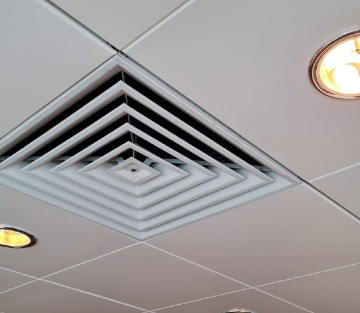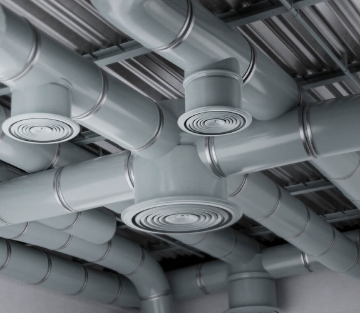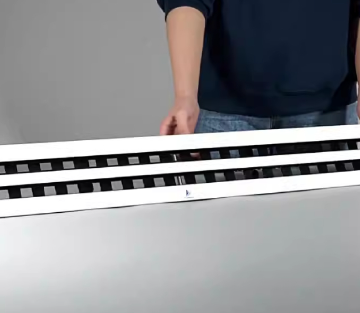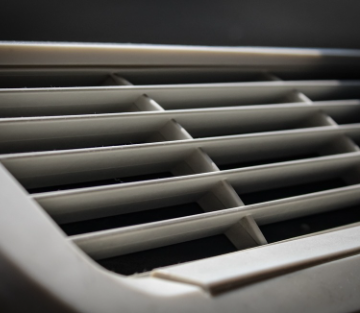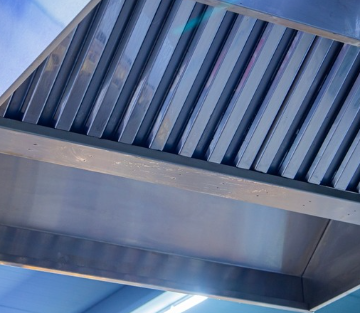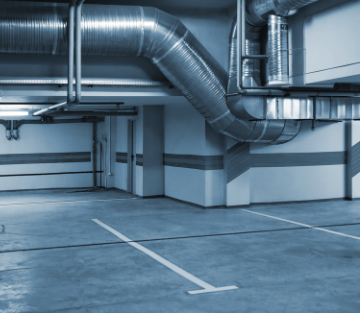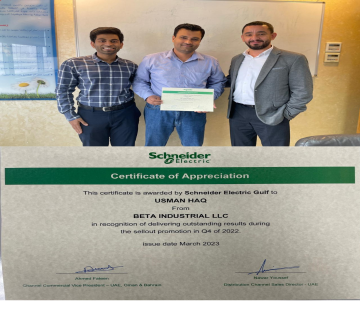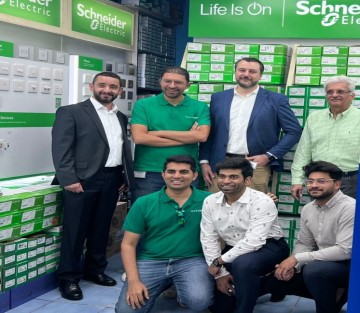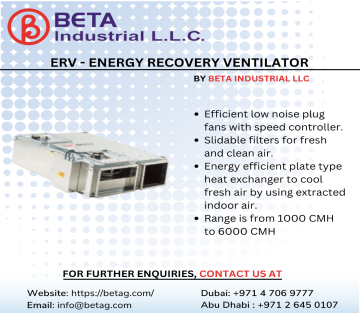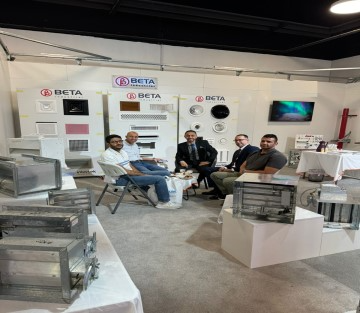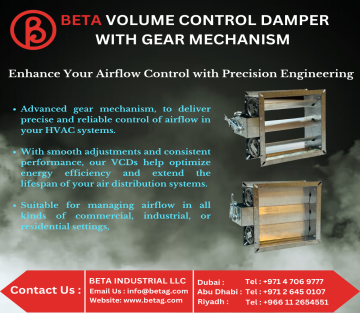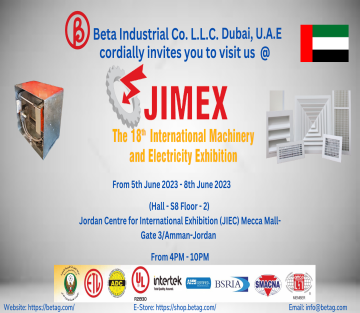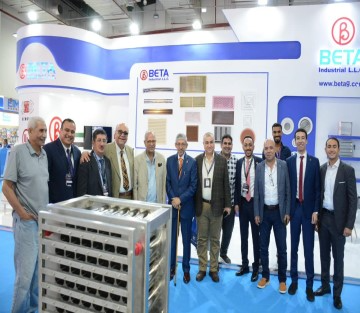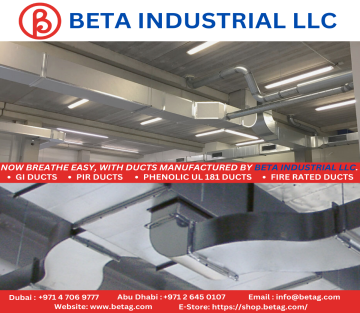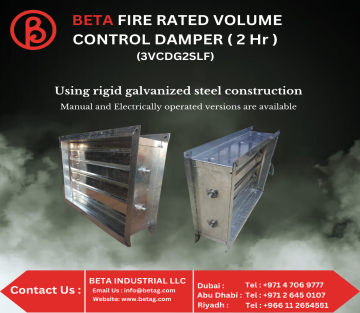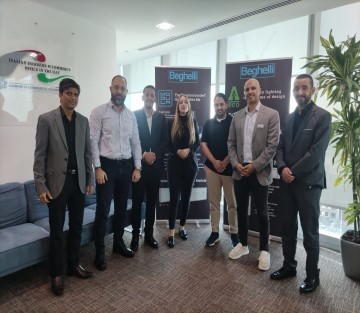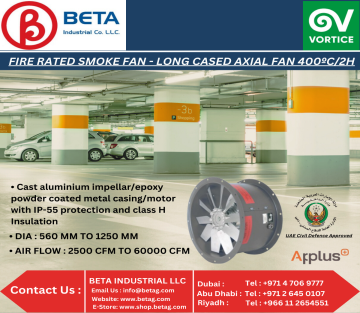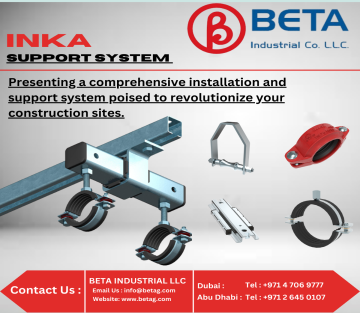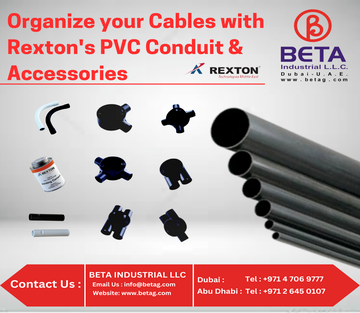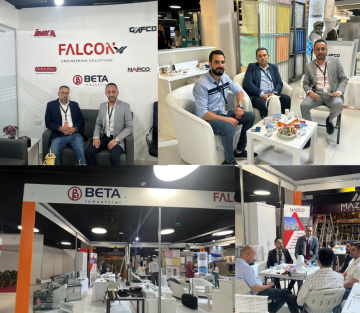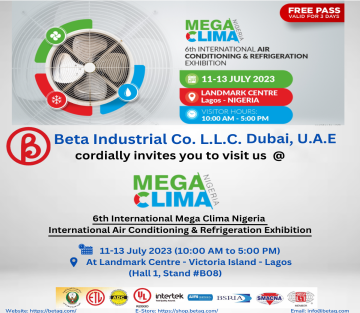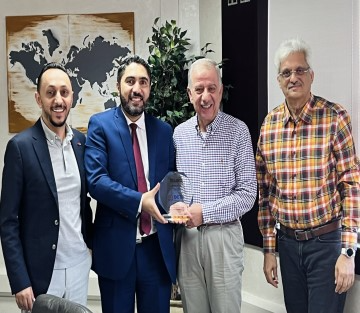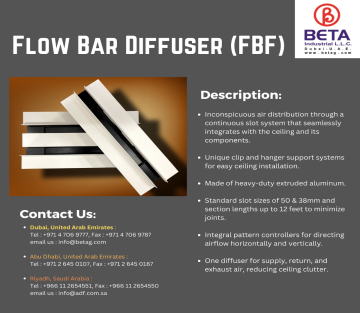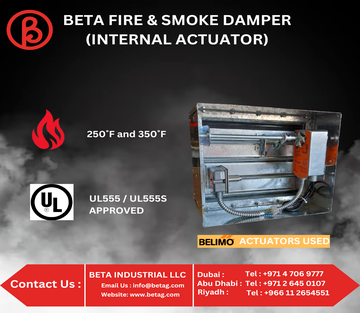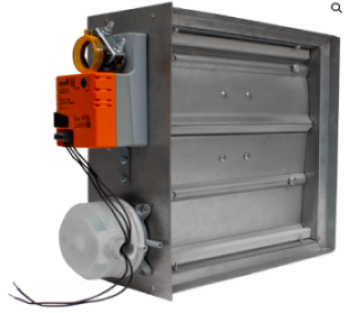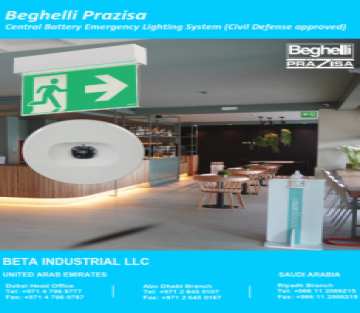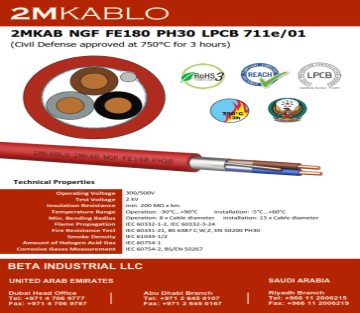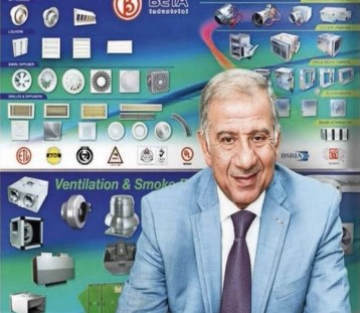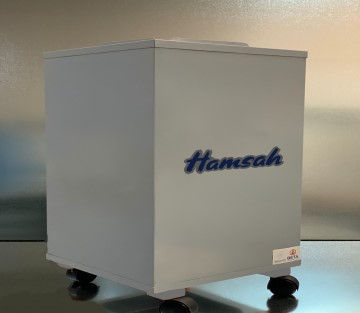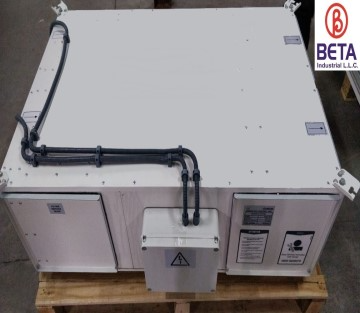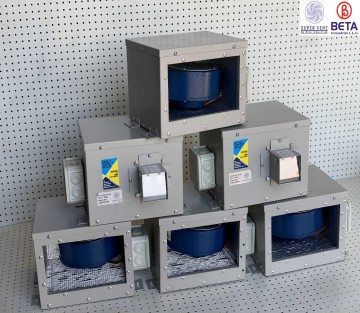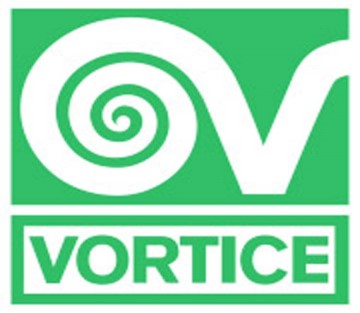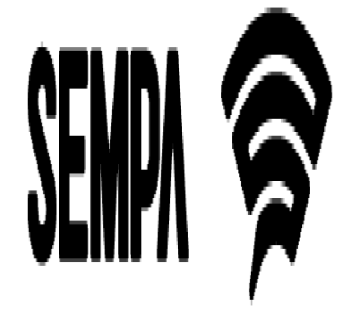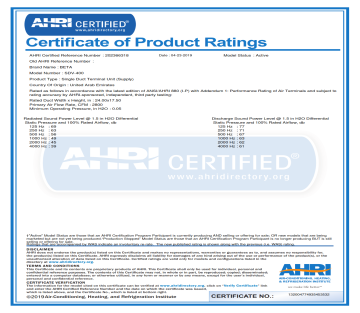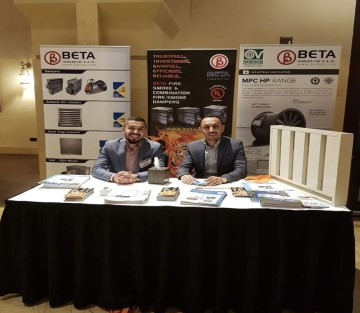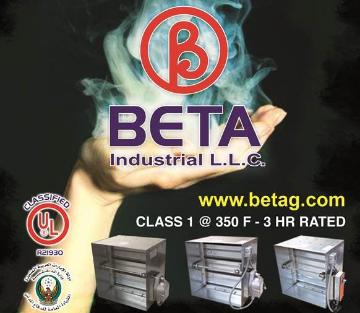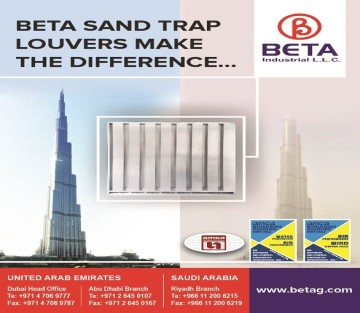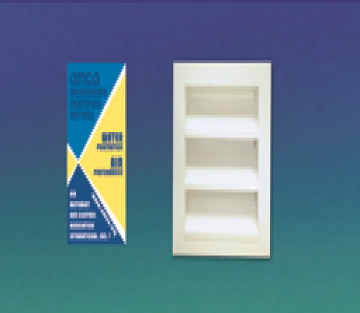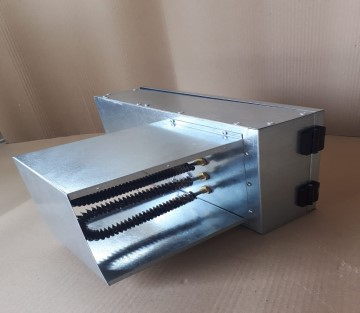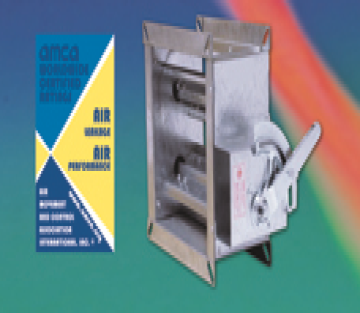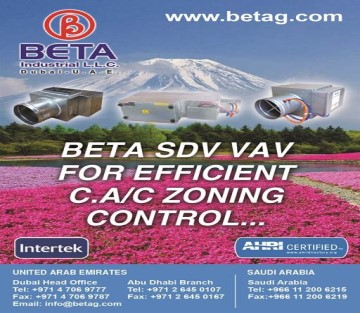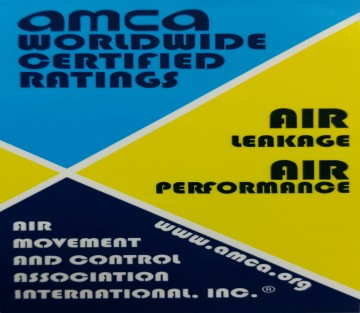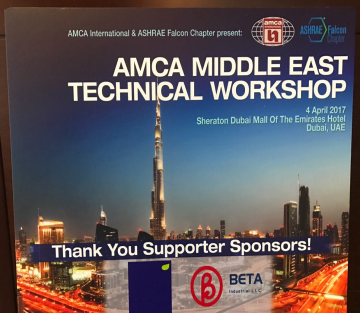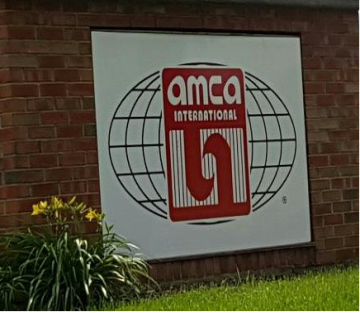Customer Mistakes When Choosing Louvers for HVAC Projects
In modern HVAC projects in Dubai and other emirates, there is a growing focus on efficiency, air exchange, and system quality. Louvers have become an integral part of ventilation, affecting comfort, airflow distribution, and energy efficiency. However, many customers make typical mistakes when choosing equipment based only on price or without taking into account operational factors. Such solutions lead to repair costs, increased electricity bills, and reduced system life. To avoid problems, it is important to understand the main risks when purchasing and installing louvers for air conditioning and ventilation and partnering with an experienced hvac solutions provider.
Ignoring compliance with climatic conditions
The conditions in the UAE are unique: in summers the air temperature rises to +50°C and in winters it can drop to +20°C at night. These fluctuations affect the operation of the equipment. Customers often purchase louvers that are not designed for such ranges. Incorrect selection leads to overheating, noise in the system and loss of tightness. At the same time, the louvers must provide free air flow and protect the equipment from dust, humidity and salt particles, especially in coastal areas.
Choosing a supplier based on cost only
There are louvers on the market with an attractive price, but made from low-quality materials. Such savings seem reasonable at the start, but in the end there are frequent repairs and downtime. The mistake of buyers is that they estimate only the initial price, forgetting about the long-term costs. For example, with poor-quality installation or the use of unsuitable metal, the system begins to rust after 18 months, and a complete replacement is costly. In high-load projects, the cost of alterations can exceed 20% of the budget. A competent approach is to analyze not only the price, but also the availability of quality certificates, fire resistance tests, sound insulation and energy efficiency.
Lack of attention to design and installation
Even when choosing the right equipment, mistakes can occur due to incorrect duct design and louver placement. It is often the case that louvers are mounted in places with strong oncoming air flow or too close to the equipment, which creates high static pressure and reduces efficiency. Another problem is the size discrepancy where too small louvers restrict the flow of air, while large ones create unnecessary energy losses. Proper design involves calculating loads, performing Manual D-calculations for air ducts, and checking compatibility with other system elements. Ignoring these steps leads to uneven temperatures, noise, and increased energy consumption.
Lack of verification of technical documentation
Customers often make decisions based on verbal promises or promotional booklets. But in HVAC projects, detailed documentation is required, such as certificates, test protocols, and warranty conditions. In international practice, the norm is a Performance Passport, a document with test results for acoustics, fire resistance, heat transfer, and durability. Without it, it is difficult to prove that the equipment meets the requirements of Dubai Civil Defense or municipal authorities. Receiving a detailed written proposal with a breakdown of all costs, including installation and maintenance, avoids surprises.
Taking the better-informed approach
Ultimately, the main mistakes of buyers are related to ignoring climatic factors, choosing only by price, incorrect design and lack of verification of documents. To avoid problems, it is necessary to require certification, take into account the specifics of the region, plan technical details and set time in advance for inspections. This approach reduces the risks of downtime, minimizes maintenance costs, and ensures that the HVAC system will operate reliably for many years in the harsh climate of the UAE.



